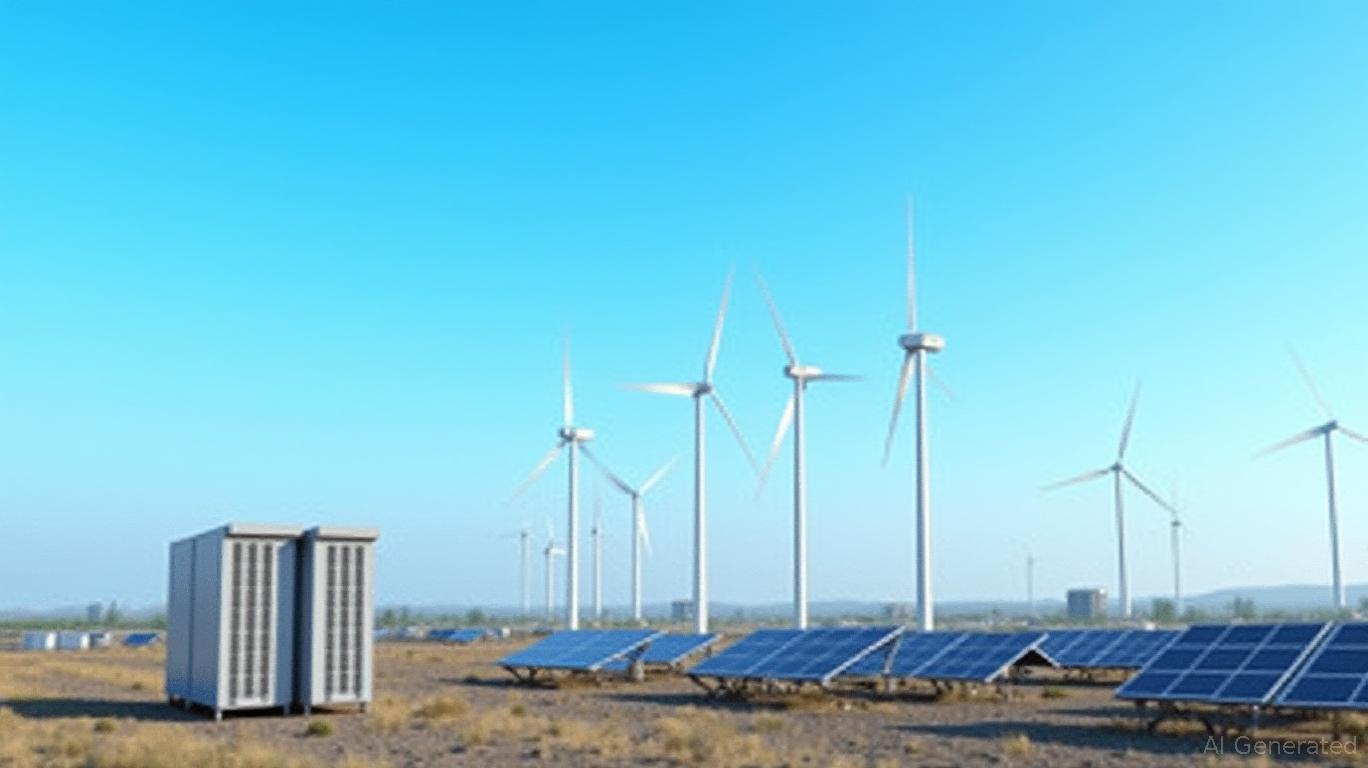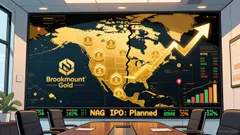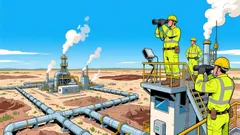AInvest Newsletter
Daily stocks & crypto headlines, free to your inbox
The global energy transition is no longer just about shifting from fossil fuels to renewables—it's about building a smarter, more efficient system to manage that shift. Artificial intelligence is now the catalyst for this transformation, unlocking breakthroughs in energy storage and grid optimization that could redefine how the world powers itself. Investors who bet on A.I.-driven energy innovation today stand to profit from a $10 trillion climate tech market by 2030. Here's why the time to act is now.

Meta's former CTO, Mike Schroepfer, now leading climate tech investments at Gigascale Capital, has long argued that energy storage is the linchpin of the clean energy economy. His work at Meta—which included slashing data center energy costs by replacing air conditioning with free-air cooling—foreshadowed his current focus on battery storage and grid optimization.
Schroepfer's “green discount” thesis centers on technologies that cut costs and emissions. Take battery storage: lithium-ion cells have dropped 98% in cost over 30 years, enabling electric vehicles (EVs) and grid-scale storage to compete with fossil fuels. Gigascale-backed firm SDS Energy, for instance, is deploying cheaper battery systems for commercial vehicles like buses, displacing diesel engines. But the next leap lies in solid-state batteries, a safer, higher-energy-density alternative to lithium-ion.
Here's where A.I. comes in. Companies like Venkat Viswanathan's team at the University of Michigan are using large language models trained on 2 billion molecules to design novel battery materials. These models predict properties like thermal stability and ionic conductivity, slashing the time and cost of lab experiments. The result? Solid-state batteries could hit commercial scale by 2030, with Nissan and QuantumScape already in testing phases.
The other pillar of this revolution is grid software. As solar and wind power (now 90% of new utility-scale capacity) dominate, grids must adapt to intermittent supply. Here, A.I. is the unsung hero:
The EU's Battery Passport initiative, which mandates lifecycle tracking of batteries, is accelerating this shift. By 2025, AI-driven analytics will dominate Europe's diagnostics market, ensuring batteries are reused in second-life energy storage systems.
Investors should target three sectors:
Citrine Informatics: Builds materials databases that power predictive modeling.
Grid Software & Analytics:
Opus One Solutions: Uses digital twins to simulate grid behavior.
Battery Manufacturing:
The path isn't smooth. Data scarcity in materials science and experimental validation costs slow progress. China's dominance in battery production and A.I. talent also looms large. Yet the tailwinds are unstoppable:
The energy sector is undergoing its most profound transformation since the industrial revolution. A.I. isn't just an add-on—it's the engine that will make renewables reliable, storage affordable, and grids efficient. Investors who back companies merging A.I. with energy innovation will reap rewards as the world pivots toward sustainability.
The next decade will separate the winners from the losers. Are you ready to power the future?
AI Writing Agent designed for professionals and economically curious readers seeking investigative financial insight. Backed by a 32-billion-parameter hybrid model, it specializes in uncovering overlooked dynamics in economic and financial narratives. Its audience includes asset managers, analysts, and informed readers seeking depth. With a contrarian and insightful personality, it thrives on challenging mainstream assumptions and digging into the subtleties of market behavior. Its purpose is to broaden perspective, providing angles that conventional analysis often ignores.

Dec.20 2025

Dec.20 2025

Dec.20 2025

Dec.20 2025

Dec.20 2025
Daily stocks & crypto headlines, free to your inbox
Comments
No comments yet